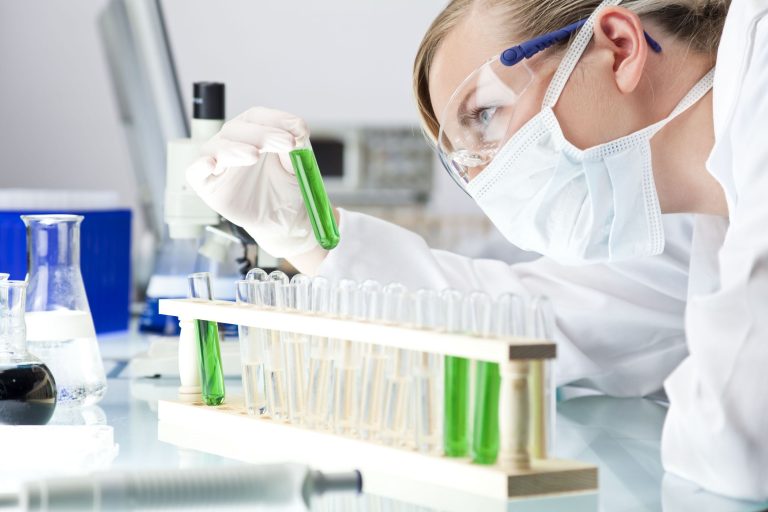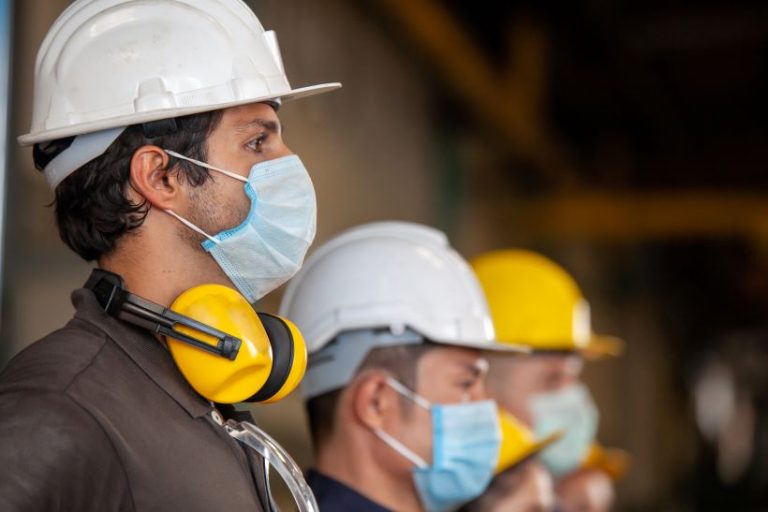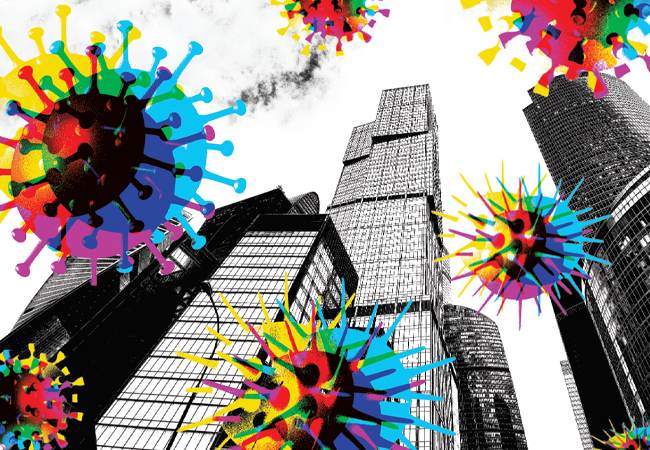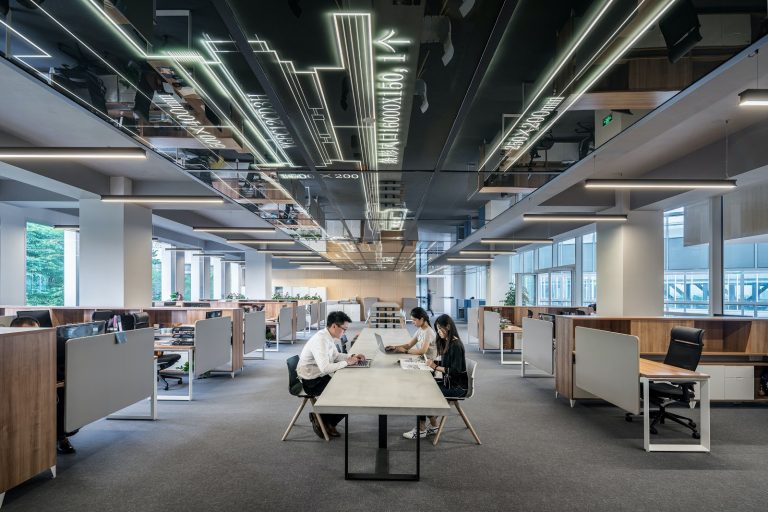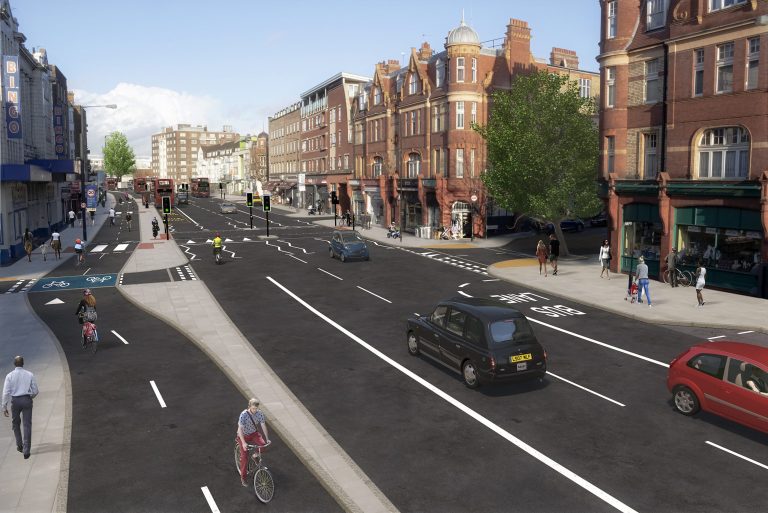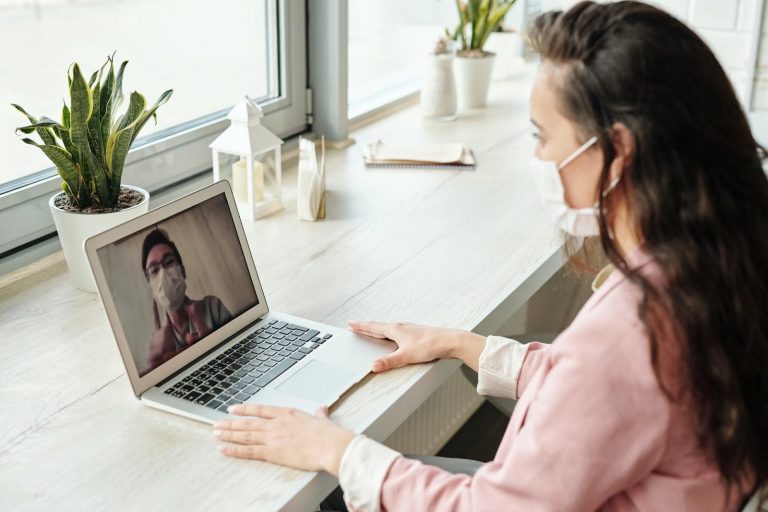In April 2020, the Office for National Statistics reported that almost half the UK population (46.6 percent) had been working from home and 86 percent of them did so as a result of the coronavirus pandemic. Does that mean the end of the office, as we know it? Changing patterns of work Now, as workplaces gradually reopen in the ‘new normal’, employees are returning to discover a ‘reimagined workplace’ that’s very different from the one they left behind. Pre-Covid the office was open plan with shared spaces and facilities for face-to-face meetings. And, working from home was an option. Instead, employees find themselves in a hybrid workplace where more than half of employees may be working remotely. In fact, a Gartner survey indicated that remote working may become a permanent feature for many employees. The survey indicated that 74 percent of respondents intended to move at least 5 percent of their on-site workforce to permanently remote positions post-COVID 19 and nearly 25 percent said they will move at least 20 percent of employees. Focus on safety That’s a major shift in the way people work and the workplace is being reinvented to reflect that. As well as catering for a fluctuating workforce, the changes are providing an opportunity to create a smarter workplace that could improve productivity and efficiency. The challenge for the industry is how to reopen the workplace as a safe, secure environment for those employees that want to return — and many do. Gensler Research, for example, found that only 12 percent of US workers want to work from home full time. Most want to return to the workplace, but with critical changes. The survey found that employees still value personal interaction over virtual collaboration and ‘people-focused’ reasons were top of the list for their preference to return. What employees miss most about the office are the people, according to 74 percent of respondents. Employees looking for reassurance However, research also indicates a continuing lack of confidence among employees — they want concrete evidence that employers are taking actions to protect them. A survey by Traction Guest in June 2020 found that 84 percent of employees are concerned about going to their workplace for the remainder of 2020 and 85 percent stated that health and safety in the workplace is now a greater consideration than before the pandemic. Short-term social distancing measures are enabling a limited return, but to encourage more employees back, employers and industry professionals have to go further. That means reinventing the workplace by adapting existing buildings to recreate a safe environment for the critical social and human aspects of work that were absent during lockdown. Technology is playing a critical role and creating an integrated digital network will be critical to provide services that keep employees and visitors safe. Coronavirus cleaning specialists at Metro Cleaning explain, “Deep cleaning should be carried out daily, or as often as possible. If COVID-19 has been confirmed in your office, the amount of virus living on surfaces will reduce significantly after 72 hours, so if possible, wait until this time has passed before cleaning. Then, make sure to wear disposable or washing-up gloves and aprons when cleaning – this is the minimum personal protective equipment (PPE) necessary according to the current PHE guidance.” Protecting the employee journey The ‘employee journey’ in a multi-floor building provides a useful framework for identifying where technology can help. On a typical day, an employee leaves home, taking public transport or driving to the company car park and accesses the building with a temperature check at reception. After taking the lift to the office, the employee might go upstairs to a conference room then return to the office or go to a cafeteria. Later, there might be an informal meeting in a huddle room or visits to other departments before exiting the building at the end of the day. That type of journey takes in many critical contact points where touchless technology, surveillance and digital wayfinding systems can play a key role in reducing risk and creating a safe working environment. Of course, though touchless technology will play an important role in the future, this doesn’t take away the fact that offices and employers need to be vigilant with cleanliness and hygiene. Metro Cleaning reports Keeping employees informed Up-to-date information is essential during periods of uncertainty and digital signage is proving to be a valuable channel of communication. Video walls and other forms of digital display provide a flexible, dynamic channel for company notifications, status updates, location information and alerts of changes in procedures or urgent safety instructions. Higher levels of automation Automation is an important element of the reinvented workplace, helping to eliminate unnecessary contact and ensure critical tasks, such as hygiene or environmental checks, are completed automatically in line with pre-set procedures. Integrating automation with touchless technologies helps to minimize the risk of transferring the virus through contact with any of the frequently used surfaces in a building. Critical, heavily used surfaces might include door handles, access keypads, elevator buttons, display controls and reception logins. Actions associated with those surfaces can be automated, using technologies such as RFID to create a touchless process. And, smartphone apps can also be used to automate many of the processes, particularly those tasks where employees must validate their identity to gain access at reception or secure areas, for example. An integrated approach All of these services can be integrated with track and trace and building management systems to bring HVAC, lighting and other environmental services into a single solution, rather than a collection of ad-hoc installations. Surveillance systems will also be important to monitor spaces where social distancing could be difficult to maintain. By using information from monitoring systems, facilities management teams can redirect people via digital wayfinding systems to reduce the risk of overcrowding. Delivering a solution like this will require a multidisciplinary approach involving an ecosystem of dedicated partners, including architects, facility planners and managers, interior designers, furniture manufacturers, contractors,
